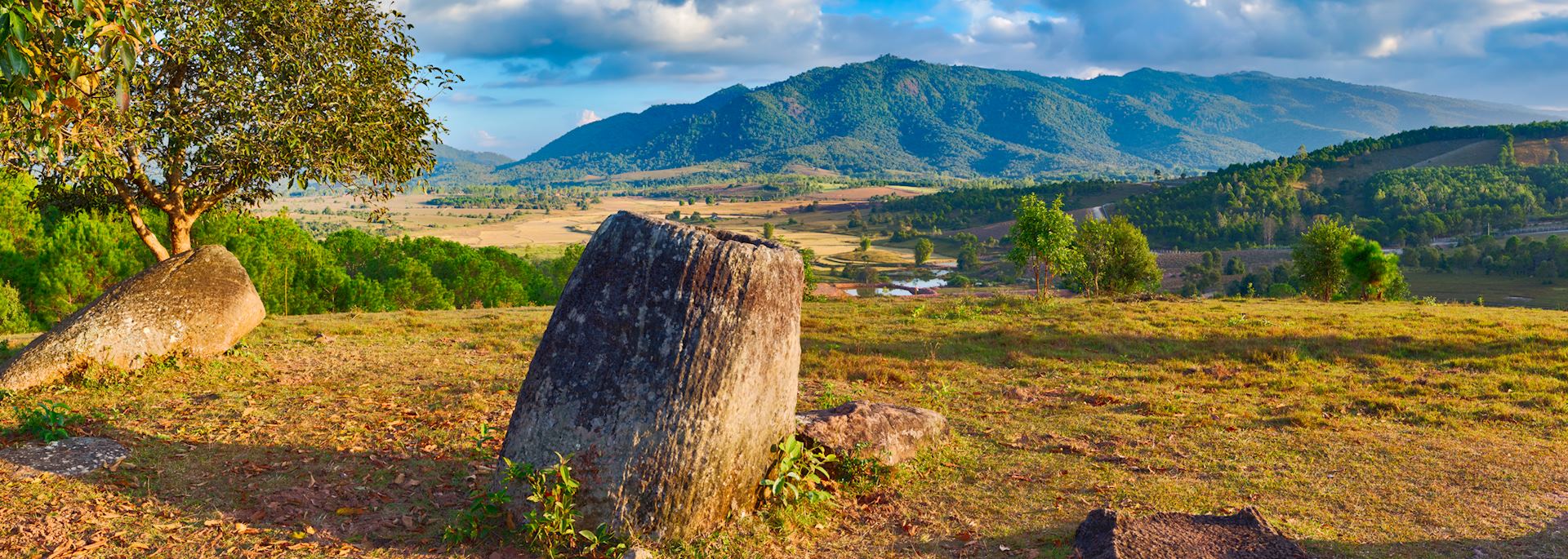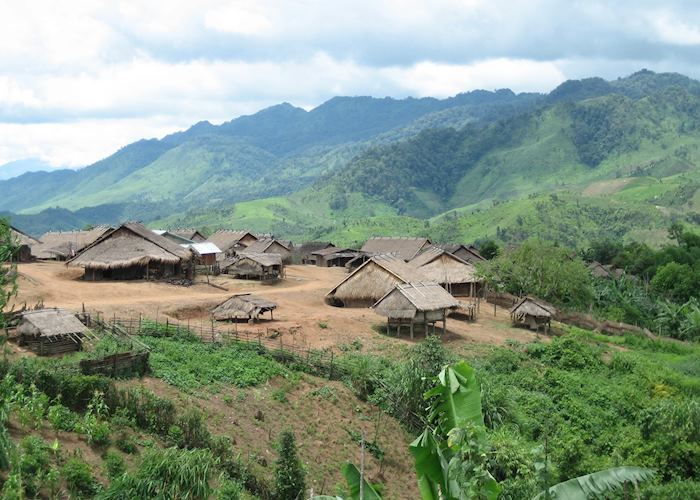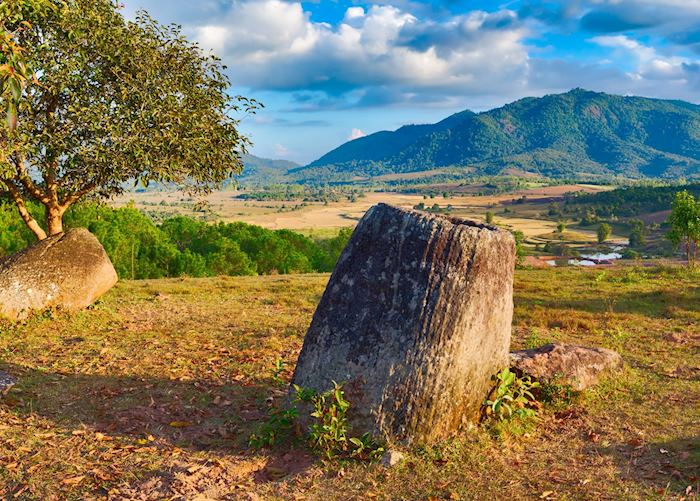On the grassy plains of the Xieng Khouang Plateau, in the northeast of Laos, lie hundreds of enormous stone jars. Their origins long forgotten, their original use and significance still unclear. Despite being named a UNESCO World Heritage Site in 2019, very few visitors travel to this mysterious megalithic site — so if you make it, you’re treated to arguably one of Southeast Asia’s quietest UNESCO sites.
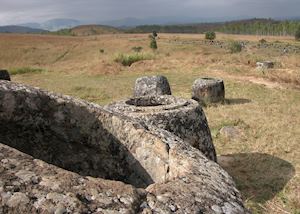 The most popular theory is that they are funeral jars dating back to the Iron Age, although a local legend suggests that these vast containers, weighing up to six tonnes, were left over from a victory party after a sixth-century war. It has also been claimed that there’s a link between these jars and the giant stone megaliths found in the Sam Neua area to the north.
The most popular theory is that they are funeral jars dating back to the Iron Age, although a local legend suggests that these vast containers, weighing up to six tonnes, were left over from a victory party after a sixth-century war. It has also been claimed that there’s a link between these jars and the giant stone megaliths found in the Sam Neua area to the north.
Some jars have bas-reliefs carved into them, others lie broken and unmarked. There’s also a collection of stone discs, tombstones and funerary objects. Even the number of jars is debated — estimates range from 300 to 2,500.
The site’s low visitor count is partly due to its remote location — you can fly here from Vientiane (the schedule can be erratic) or take the longer road journey. The scenery up to the plains is a picturesque mix of twisting mountain roads and remote rural villages, but once at the plains, the ravages of the American bombing campaign of the 1960s has rendered much of the landscape barren.
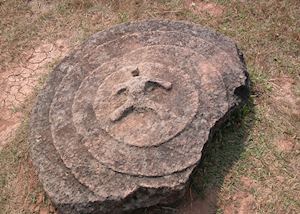 And therein lies the secondary reason for the low visitor numbers: the landscape was littered with unexploded ordinance, and some of it still is. There are two main viewing sites which have been completely cleared and are safe to visit, but it does mean you can’t simply wander where you’d like.
And therein lies the secondary reason for the low visitor numbers: the landscape was littered with unexploded ordinance, and some of it still is. There are two main viewing sites which have been completely cleared and are safe to visit, but it does mean you can’t simply wander where you’d like.
To learn more about the work being done to help the communities affected by the unexploded mines, we recommend a visit to the COPE Centre in Vientiane. The charity works to support and rehabilitate victims, as well as sharing stories and raising awareness.
Despite the site’s challenges, there’s nothing quite like seeing these gigantic stone vessels first-hand. Some are so large that they’ll tower over the tallest person. You can include a visit as part of an intrepid trip across Laos.
Best time to visit
You can travel to the Plain of Jars all year round, but the best time to visit would be November when the weather is comfortably warm and dry.
who's been there
Start planning your tailor-made trip to the Plain of Jars by contacting one of our Laos specialists
- 617-223-4110
- Make an inquiry

